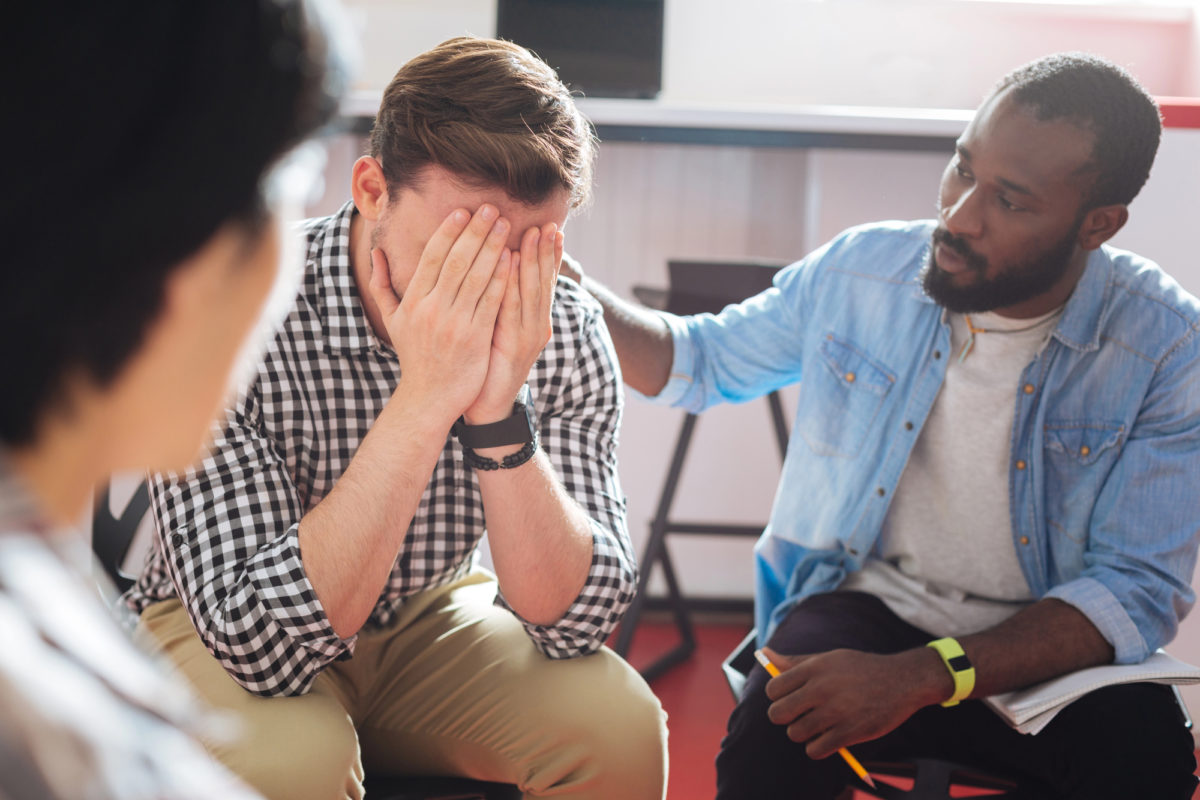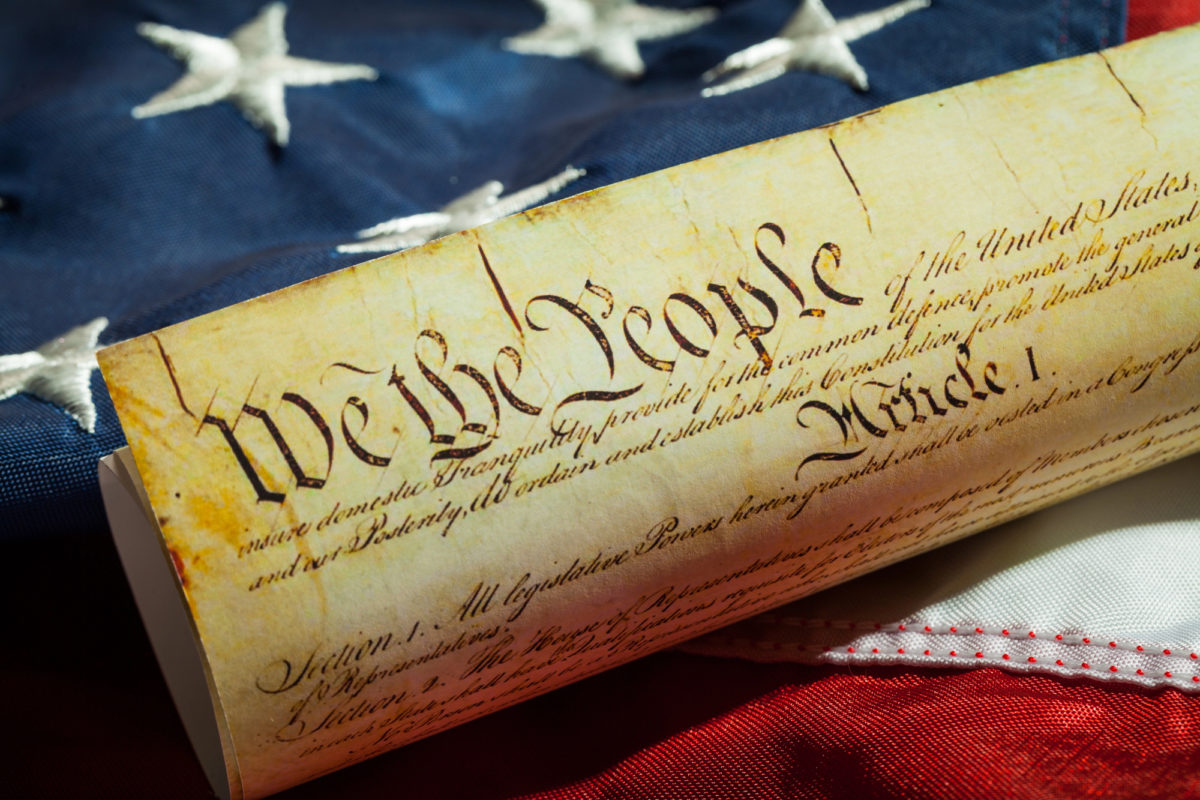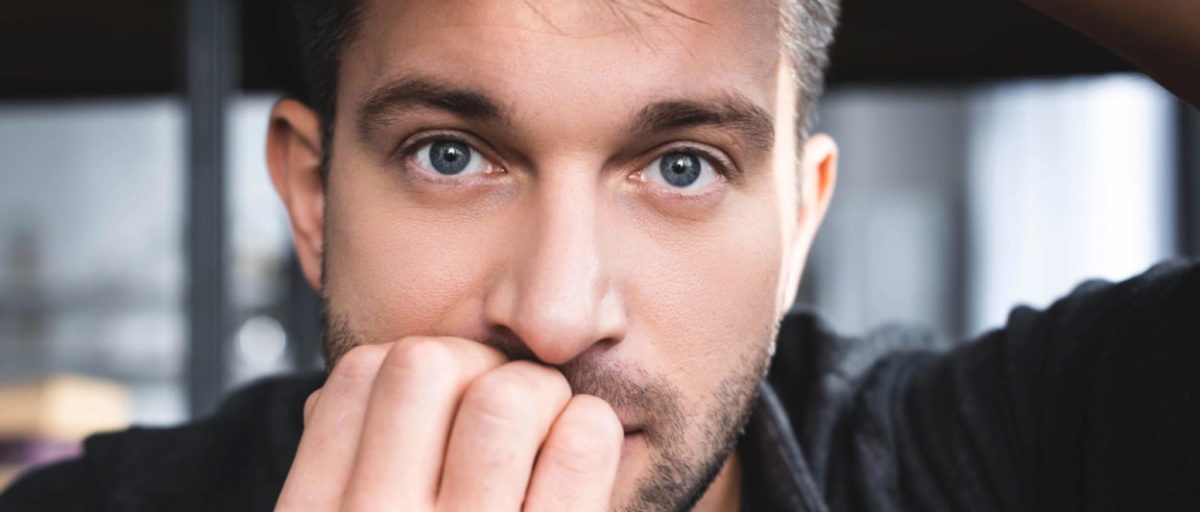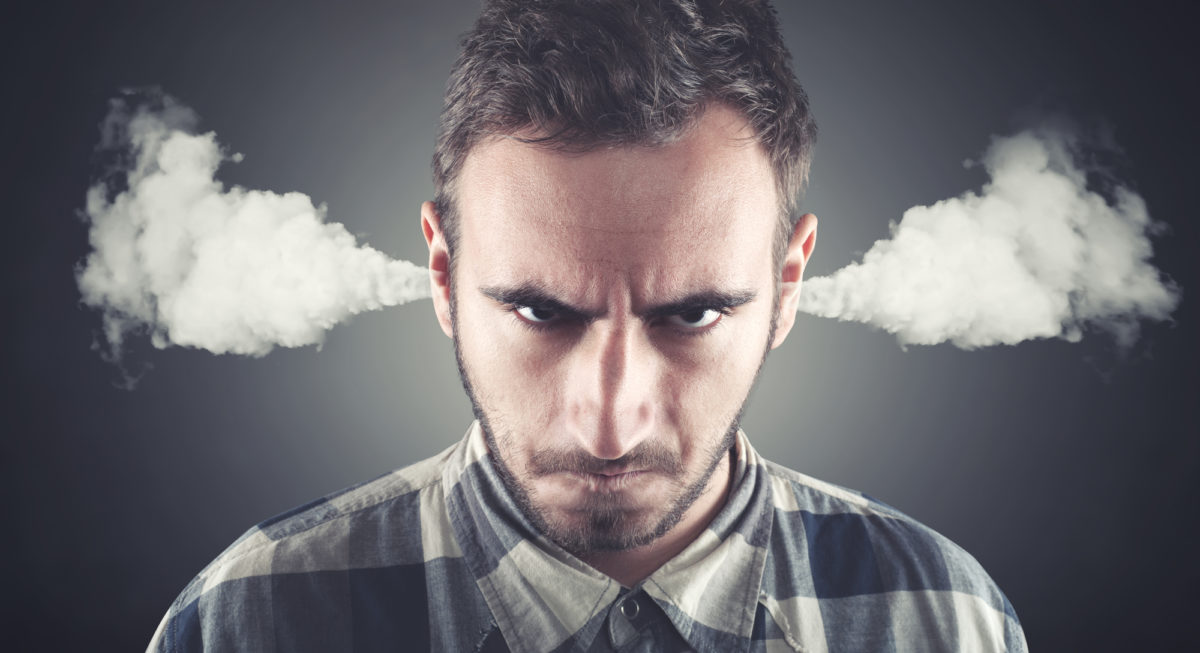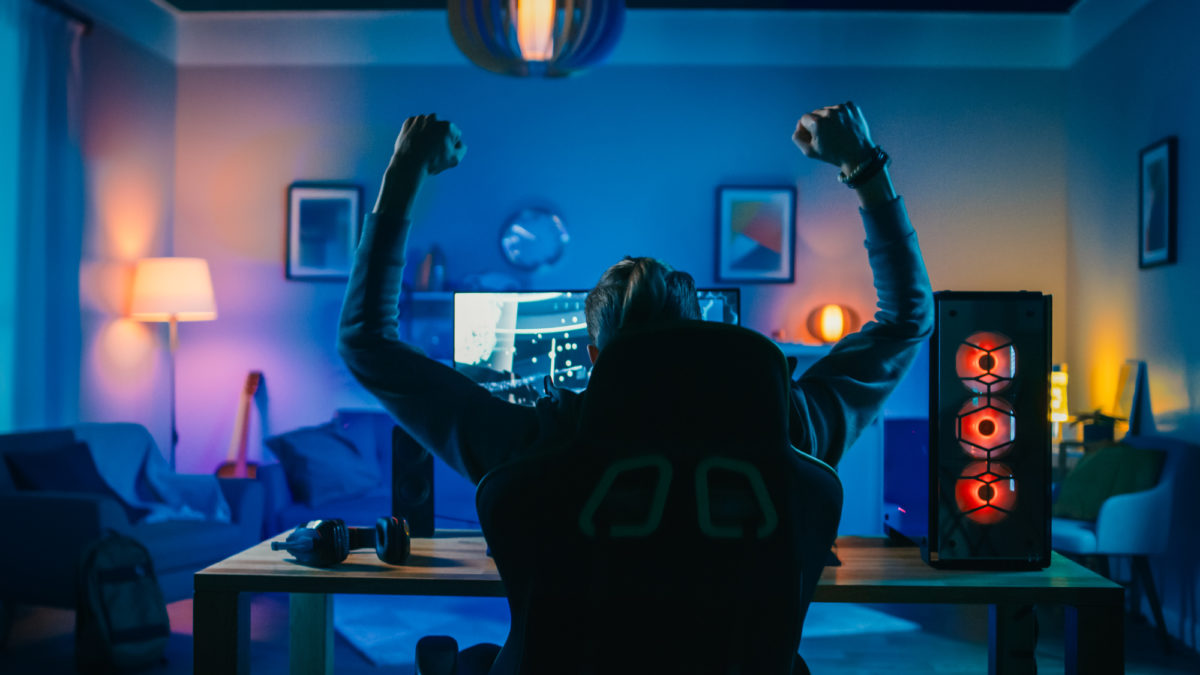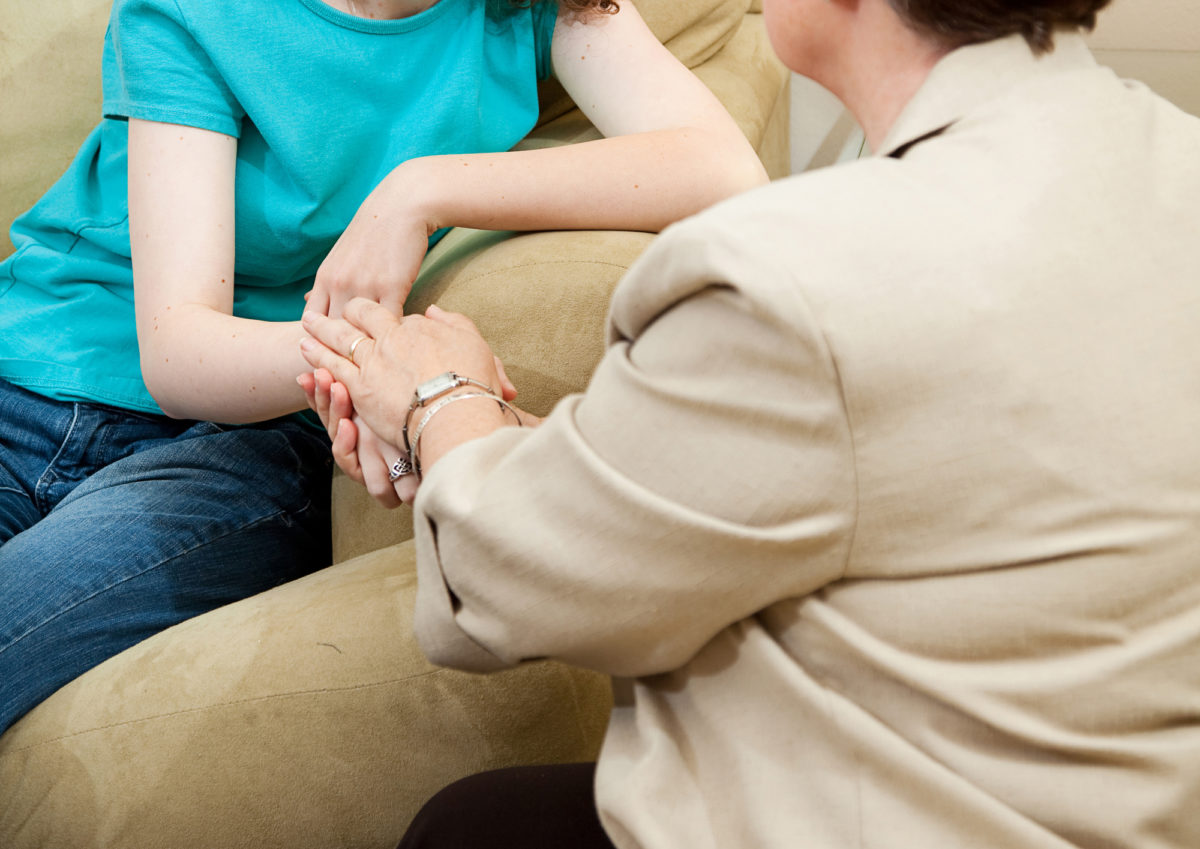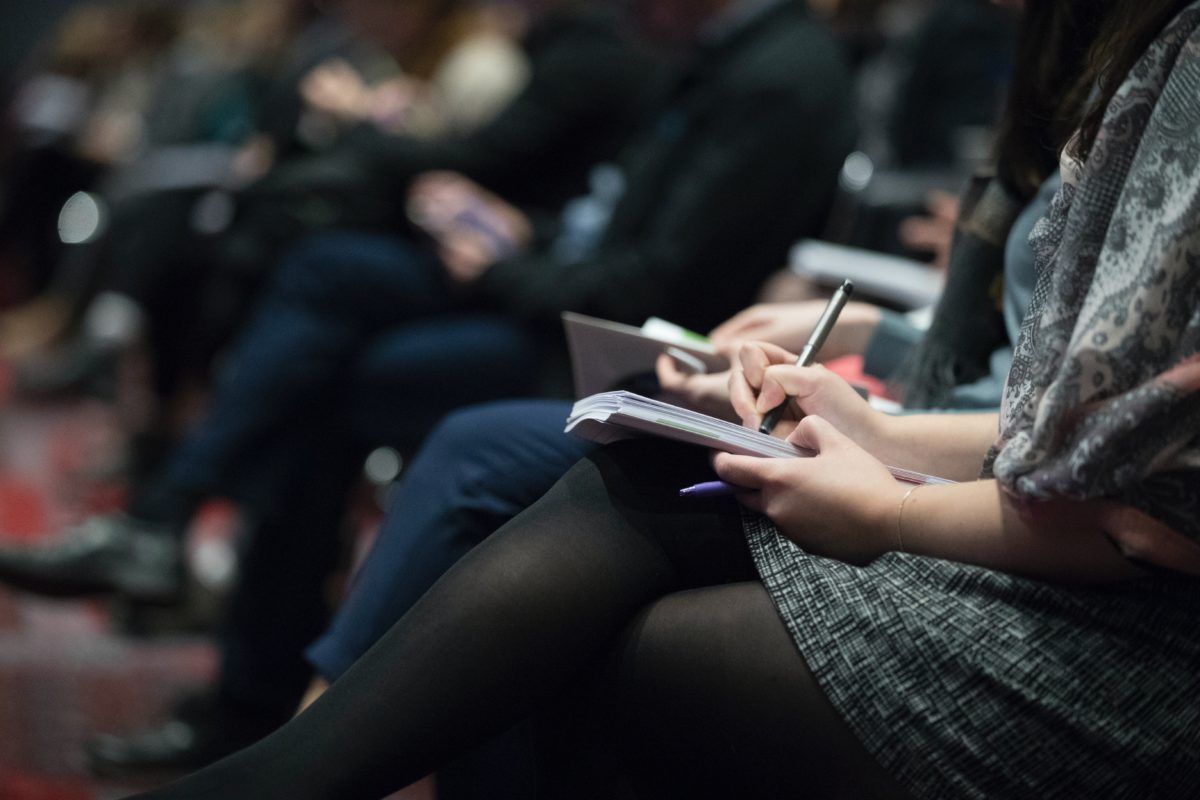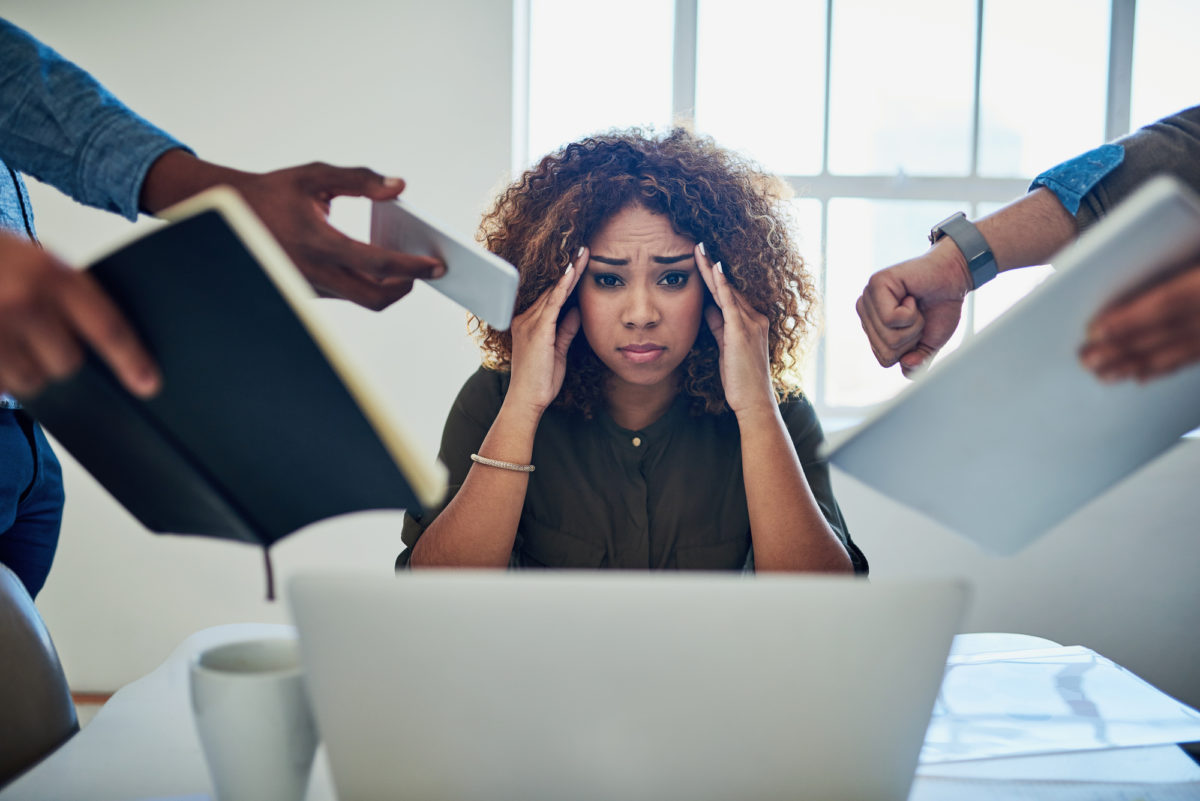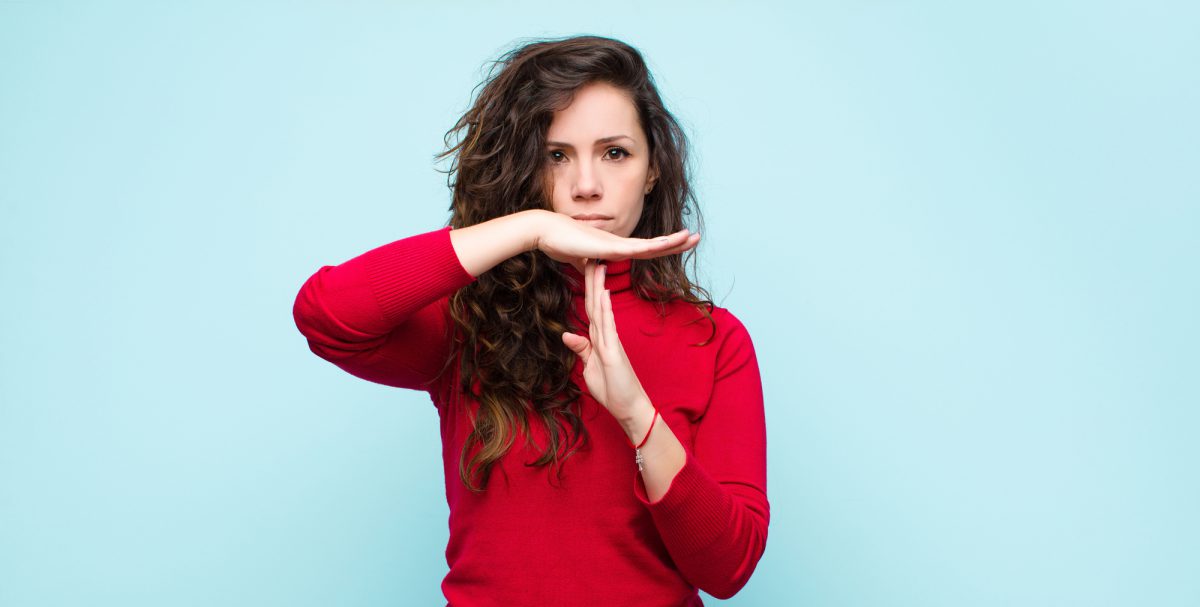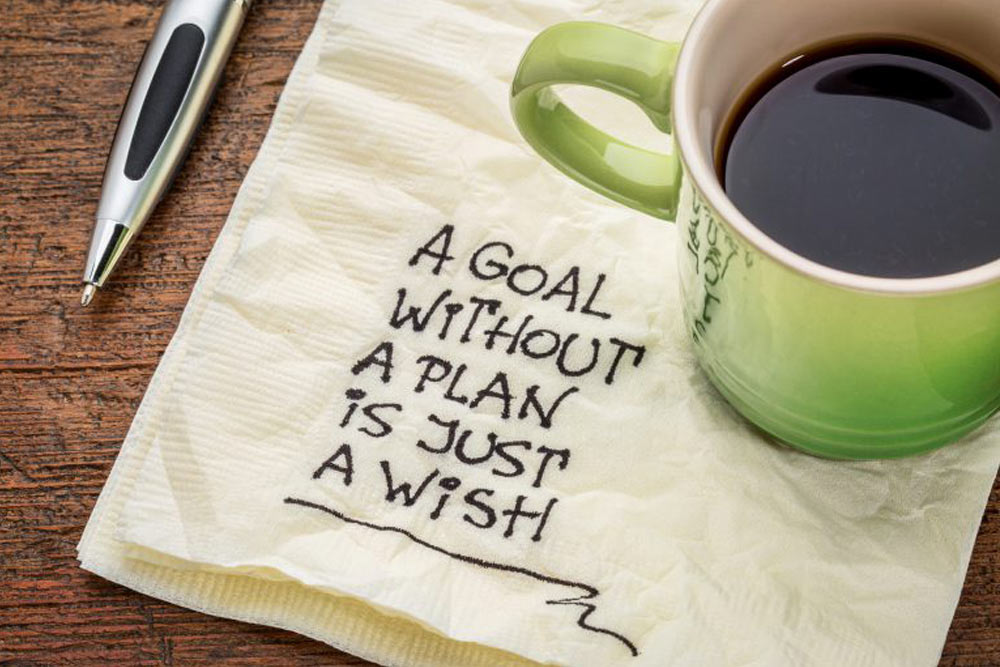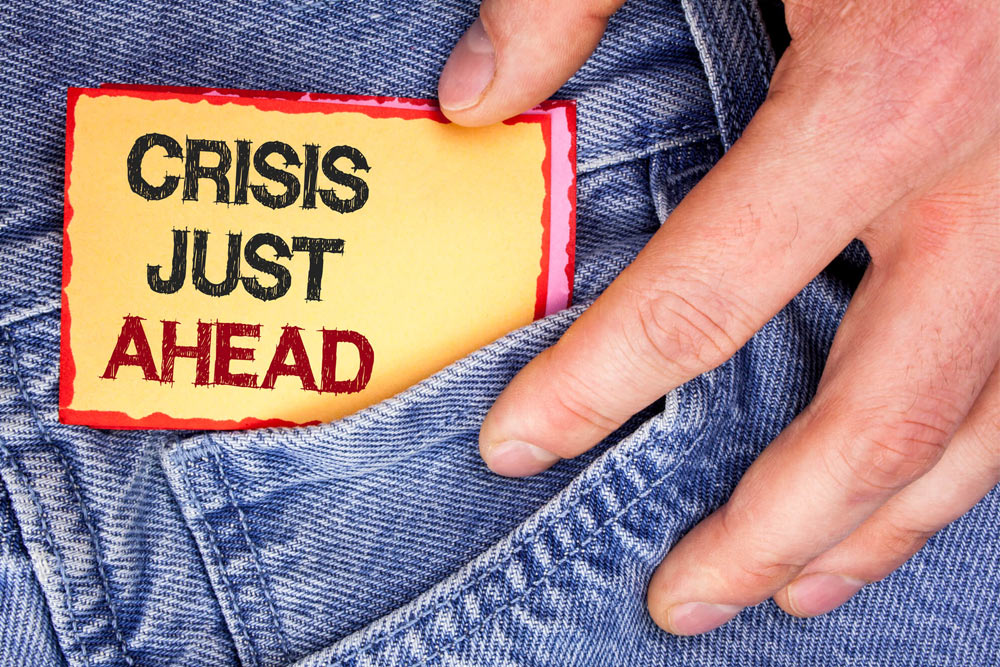What do Rihanna and Janay (Palmer) Rice have in common?
Both were victims of intimate partner violence (IPV). Both were involved in high-profile, media-manic abuse cases. And, both were mercilessly ridiculed for returning to their abuser.
Which begs the question: was it their fault?
In short, the answer is “no”. Abuse is NEVER the victim’s fault. NEVER.
But that is not what society thinks. In a recent study of 194 participants who were randomly assigned to a series of hypothetical scenarios, the results showed that the study participants blamed IPV victims who returned to their abusers more than victims about whom there was no such information.
To better understand what might have led Rihanna and Janay Rice (or any IPV victims, for that matter) to return to their abusers, we need to first understand the dynamics of the domestic violence relationship.
The Cycle of Violence
Before we continue, we need to define domestic violence. Domestic violence is when a partner verbally, emotionally, physically, or sexually abuses their intimate partner by exerting power and control over them. While this may seem elementary, there are many people in society who believe that unless the abuse is life threatening, there is little to worry about.
And contrary to what many people believe, domestic violence and abuse is not due to the abuser’s loss of control over his or her behavior. Abusive behavior and violence is a deliberate choice made by the abuser to control the victim.
The exertion of power and control over the victim usually follows a three-phase pattern or cycle:
- Tension-building Phase: this phase is all about the arguments and threats, including slapping, verbal abuse and psychological abuse. The abuser chooses some grounds for picking a fight: jealousy, perceived slights, etc. The victim may try to placate the abuser, prevent the escalation of violence by controlling their environment, or excuse the abuser’s behavior.
- Explosion or Acute Battering Phase: this phase is all about the violence – beating, choking, punching, use of weapons. The victim may feel a complete loss of control, not experience the effects of the trauma for some time, and wait to seek medical treatment (if at all).
- Honeymoon Phase: this phase happens after the violence. Life within the relationship is relatively calm. The abuser might be apologetic and charming. The victim may feel an illusion of well-being and that he/she is the sole emotional stability of the abuser.
As the power and control dynamic goes on over time, the period between the phases shorten and the acute physical abuse becomes more frequent.
To better show the dynamics of relationships and the differences between violence and nonviolence, consider these two wheels below, one showing a relationship where power and control dominates and the other showing a relationship where equality thrives.
What’s Going On When It All Goes Wrong
Whose fault is it? While the fault of the IPV lands squarely on the shoulders of the abuser, the dynamics of an abusive relationship are complex. There are a few lessons learned, which may shed some light into the actions of both the victim and the abuser:
- Lesson One – The Agreement: If you find ongoing conflict within a relationship, you will also find an underlying agreement from both parties. The abuser will abuse because he/she feels justified in doing so and there is a willing partner who allows it, one believing that he/she deserves to be mistreated.
- Lesson Two – Acting Out Childhood Wounds: the abuser and the victim may seem to be in an intense, heated battle but the reality is that they are reacting to childhood wounds caused by their father and mother.
- Lesson Three – Nurture, Not Nature: No one is born abusive – it is not genetic. Abuse is a learned behavior. Most abusers started out in life as victims. Each year, over three million children are exposed to domestic violence in the home. Studies have shown that boys with such exposure are twice as likely to be abusive as adults.
Why The Victim Stays
Letting go of a person you love is hard, even if the relationship is abusive. The victim and the abuser have shared memories of better times and, often, families and a history together.
Here is a short (but not exhaustive) list of why victims might stay with their abuser:
- Fear – Abusers often threaten the victim over and over again with further violence to them, or their children and pets.
- Guilt – many victims believe that the abuse is their fault or that they somehow deserve the abuse.
- Money – Victims often depend on their abusers for financial support, so they fear they may not have enough money to support themselves and their children.
- Children – It is very common for a victim to stay because they do not want to break up the family. Victims often feel it will be too hard on their children or, worse, the abuser may try to hurt the children or take them away.
- Hope for change – Many victims truly want to believe the promises an abuser makes when he says that he will change and the abuse will not happen again.
The most important thing for us, as a society, to do is not to lay blame or shame upon victims of abuse like Rihanna and Janay Rice, who returned to their abuser. Rather we need to understand all of their reasons for staying and not stigmatize them. We need to offer resources like mental health services and support to them so that they can get stronger and be empowered to change the dynamics of their relationship by leaving.
Photo Credit: stealingheather via Compfight cc



